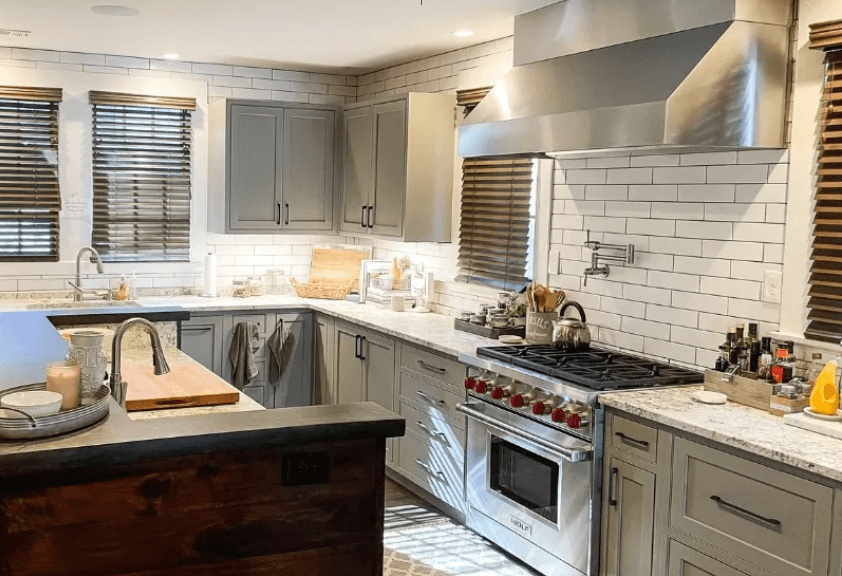Range hoods are a common fixture in kitchens, serving a crucial purpose of maintaining a clean and healthy cooking environment. However, there have been concerns and misconceptions surrounding their safety. In this blog post, we aim to debunk the myth and address the question: Are range hoods dangerous? By exploring the functionality, benefits, and safety features of modern range hoods, we can provide a clear understanding of their role in kitchen safety.
-
Purpose of Range Hoods: Range hoods are designed to remove airborne contaminants generated during cooking, such as smoke, grease particles, and odors. They accomplish this through ventilation and filtration systems, enhancing indoor air quality and creating a safer environment for cooking.
-
Ventilation Systems and Fire Safety: Range hoods equipped with exhaust mode direct cooking byproducts outside the building through ductwork. Some concerns have arisen regarding the potential for grease buildup in the ducts, posing a fire hazard. However, regular cleaning and maintenance of the range hood and ducts significantly reduce this risk. It is essential to follow the manufacturer's guidelines for cleaning and consult professionals if necessary.
-
Filtration Systems: Range hoods equipped with indoor recirculation filtration mode utilize filters to capture and reduce smoke, odors, and grease particles. These filters, typically made of charcoal or carbon, effectively trap contaminants, improving air quality. Regular maintenance, such as cleaning or replacing the filters as recommended, ensures their continued efficiency and minimizes any potential risks.
-
Safety Features: Modern range hoods come with various safety features to enhance their operation and minimize potential hazards. These features may include:
- Heat sensors: Range hoods equipped with heat sensors automatically adjust their fan speed based on the cooking temperature, ensuring efficient removal of heat and steam while preventing overheating.
- Auto-shutoff: Some range hoods have an auto-shutoff feature that activates when excessive heat or smoke is detected, providing an added layer of safety and preventing potential fire hazards.
- LED lighting: Built-in LED lighting in range hoods offers clear visibility during cooking, reducing the risk of accidents and burns.
- Overheat protection: Range hoods often incorporate overheat protection mechanisms to prevent damage to internal components and ensure safe operation.
- Proper Installation and Maintenance: To maximize safety, it is crucial to ensure proper installation and regular maintenance of range hoods. This includes following manufacturer's instructions, hiring professionals for installation if needed, cleaning or replacing filters as recommended, and conducting periodic inspections for any signs of damage or malfunction.
Range hoods are not inherently dangerous when used correctly and maintained properly. With their ventilation and filtration systems, they play a vital role in creating a safe and healthy cooking environment. By understanding their purpose, safety features, and the importance of regular maintenance, you can confidently use a range hood in your kitchen without concerns about safety. Remember to consult the manufacturer's guidelines and seek professional assistance when needed, ensuring optimal performance and peace of mind.





Leave a comment
All comments are moderated before being published.
This site is protected by reCAPTCHA and the Google Privacy Policy and Terms of Service apply.